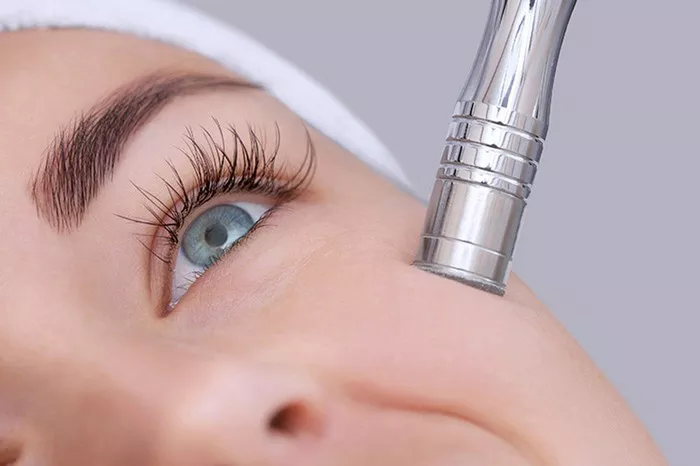Microdermabrasion is a popular cosmetic procedure used to exfoliate the skin and improve its texture and appearance. The procedure involves using a special device to gently remove the outer layer of dead skin cells, revealing smoother, more radiant skin underneath. If you are considering microdermabrasion, you may be wondering whether you can shower afterwards. In this article, we will explore this question in detail, including the benefits and risks of showering after microdermabrasion, and offer some tips for ensuring a safe and successful recovery.
What is Microdermabrasion?
Microdermabrasion is a non-invasive cosmetic procedure that is used to improve the appearance of the skin. The procedure involves using a special device, typically a wand with a diamond tip or a stream of tiny crystals, to remove the outer layer of dead skin cells. This helps to stimulate the growth of new skin cells, which can improve the texture, tone, and overall appearance of the skin. Microdermabrasion can be used to treat a variety of skin concerns, including fine lines and wrinkles, age spots, acne scars, sun damage, and uneven skin tone.
Can You Shower After Microdermabrasion?
After a microdermabrasion treatment, it is generally recommended that you avoid showering or washing your face for at least 24 hours. This is because the skin may be more sensitive and prone to irritation immediately following the procedure. However, after this initial 24-hour period, it is generally safe to shower as usual.
Benefits of Showering After Microdermabrasion
Showering after a microdermabrasion treatment can offer several benefits. For one, it can help to remove any residual crystals or particles that may be left on the skin after the procedure. This can help to reduce the risk of skin irritation or inflammation. Additionally, showering can help to hydrate the skin and soothe any redness or irritation that may be present.
Risks of Showering After Microdermabrasion
While it is generally safe to shower after microdermabrasion, there are some risks to be aware of. For one, if the water is too hot, it can cause the skin to become dry and irritated, which can exacerbate any redness or inflammation that may be present. Additionally, if you use harsh soaps or scrubs, it can further irritate the skin and cause discomfort. For this reason, it is important to use mild, gentle cleansers and lukewarm water when showering after microdermabrasion.
Tips for Showering After Microdermabrasion
If you are planning to shower after microdermabrasion, there are several tips that can help to ensure a safe and successful recovery. These include:
- Wait at least 24 hours before showering or washing your face after the procedure.
- Use lukewarm water and a mild, gentle cleanser to avoid irritating the skin.
- Avoid scrubbing or rubbing the skin too vigorously, as this can cause further irritation.
- Pat the skin dry with a clean towel, rather than rubbing it, to avoid further irritation.
- Apply a moisturizer or hydrating serum to the skin after showering to help soothe any redness or irritation.
Conclusion
In conclusion, microdermabrasion is a popular cosmetic procedure that can help to improve the appearance of the skin. While it is generally safe to shower after microdermabrasion, it is important to wait at least 24 hours before doing so to avoid irritating the skin. When showering, it is important to use mild, gentle cleansers and lukewarm water to avoid further irritation or discomfort. With the right care and attention, microdermabrasion can be a safe and effective way to achieve smoother, more radiant skin. If you have any concerns or questions about showering after microdermabrasion, be sure to consult with your dermatologist or aesthetician before proceeding.
In summary, microdermabrasion is a safe and effective cosmetic procedure that can help to improve the appearance of the skin. While it is generally safe to shower after microdermabrasion, it is important to wait at least 24 hours before doing so and to use mild, gentle cleansers and lukewarm water to avoid irritating the skin. By following these guidelines and taking care to follow all post-procedure instructions, you can achieve smoother, more radiant skin with minimal risk or discomfort.

